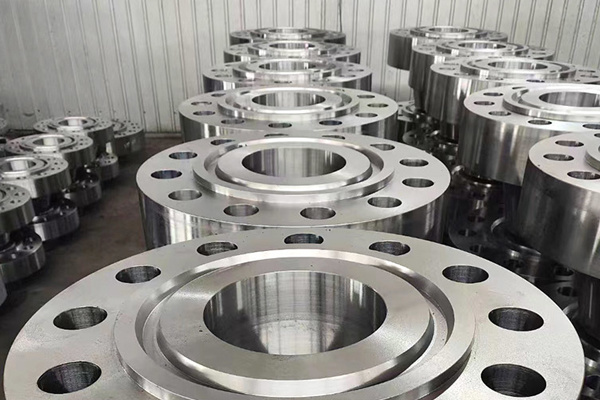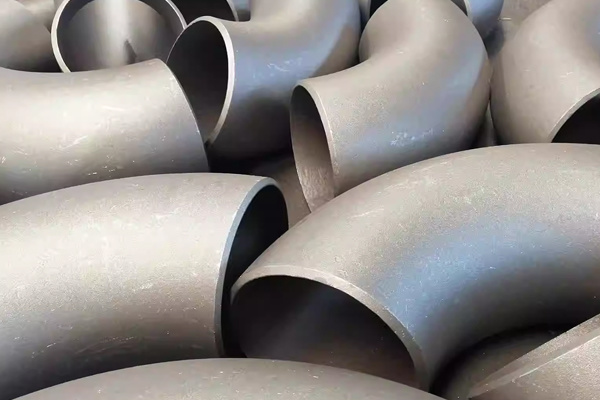Understanding the Functionality of Rubber Soft Joints
2025-08-16
Rubber Soft Joint
What Are Rubber Soft Joints?
Ah, the Rubber Soft Joint! Ever heard of it? If not, you're in for a treat. These nifty components play a pivotal role in various fields, from construction to automotive. They're the unsung heroes that absorb vibrations, reduce noise, and provide flexibility in piping systems!
How Do They Work?
Alright, let's get into the nitty-gritty. The working principle of a Rubber Soft Joint is pretty straightforward yet genius. Essentially, it consists of a rubber body sandwiched between two metal flanges. When pressure is applied, the rubber compresses, allowing for a degree of movement between the flanges. This flexibility is what keeps pipes and connections secure while accommodating shifts due to temperature changes or ground movement.
The Mechanics Behind the Magic
So, how does this all tie together? Picture it like this: when water flows through pipes, it creates vibrations. Without a Rubber Soft Joint in place, those vibrations could lead to leaks or even catastrophic failures. But with these joints, the rubber absorbs the shock, keeping the system running smoothly.
Why Use Rubber Soft Joints?
Now, you might be wondering, why should we care about these joints? Let's break it down:
- Vibration Absorption: They minimize the impact of vibrations, extending the lifespan of piping systems.
- Noise Reduction: Who doesn't love a quieter environment? Rubber Soft Joints help in reducing operational noise.
- Flexibility: They can handle misalignment and thermal expansion, making installations easier and more reliable.
Where Are They Used?
You name it! Rubber Soft Joints are found in:
- Water Supply Systems: Ensuring smooth flow without leaks.
- HVAC Systems: Keeping environments comfortable and quiet.
- Industrial Applications: From manufacturing plants to chemical processing, they're everywhere!
Common Misconceptions
Now, let's clear the air a bit. Some folks think that rubber joints are weak or not durable. That's far from the truth! When designed correctly, they can withstand significant pressures and harsh conditions. It's all about using the right materials and understanding the application.
Installation Tips
So, you've decided to install a Rubber Soft Joint. Awesome! Here are a few tips:
- Check Compatibility: Make sure the joint matches the pipe material and size.
- Follow Manufacturer Guidelines: Each joint has its own installation procedures—stick to them!
- Regular Inspections: Keep an eye out for wear and tear; it pays off in the long run!
The Bottom Line
In summary, Rubber Soft Joints are more than just rubber and metal; they're vital components that enhance the efficiency and safety of various systems. As industries evolve, these joints will continue to adapt, proving their worth time and again. So, next time you hear a creak or a groan from your pipes, you'll know exactly what's at play!
Key words:
RELATED INFORMATION
API 6A TYPE 6BX flanges and blinds in ANSI/API Spec 6A specification
2024-05-22
The Essential Guide to Carbon Steel Plate Flanges in Construction and Decoration
2024-05-22
Discover the Advantages of 45° Long Radius Elbows in Construction Projects
2024-05-22












